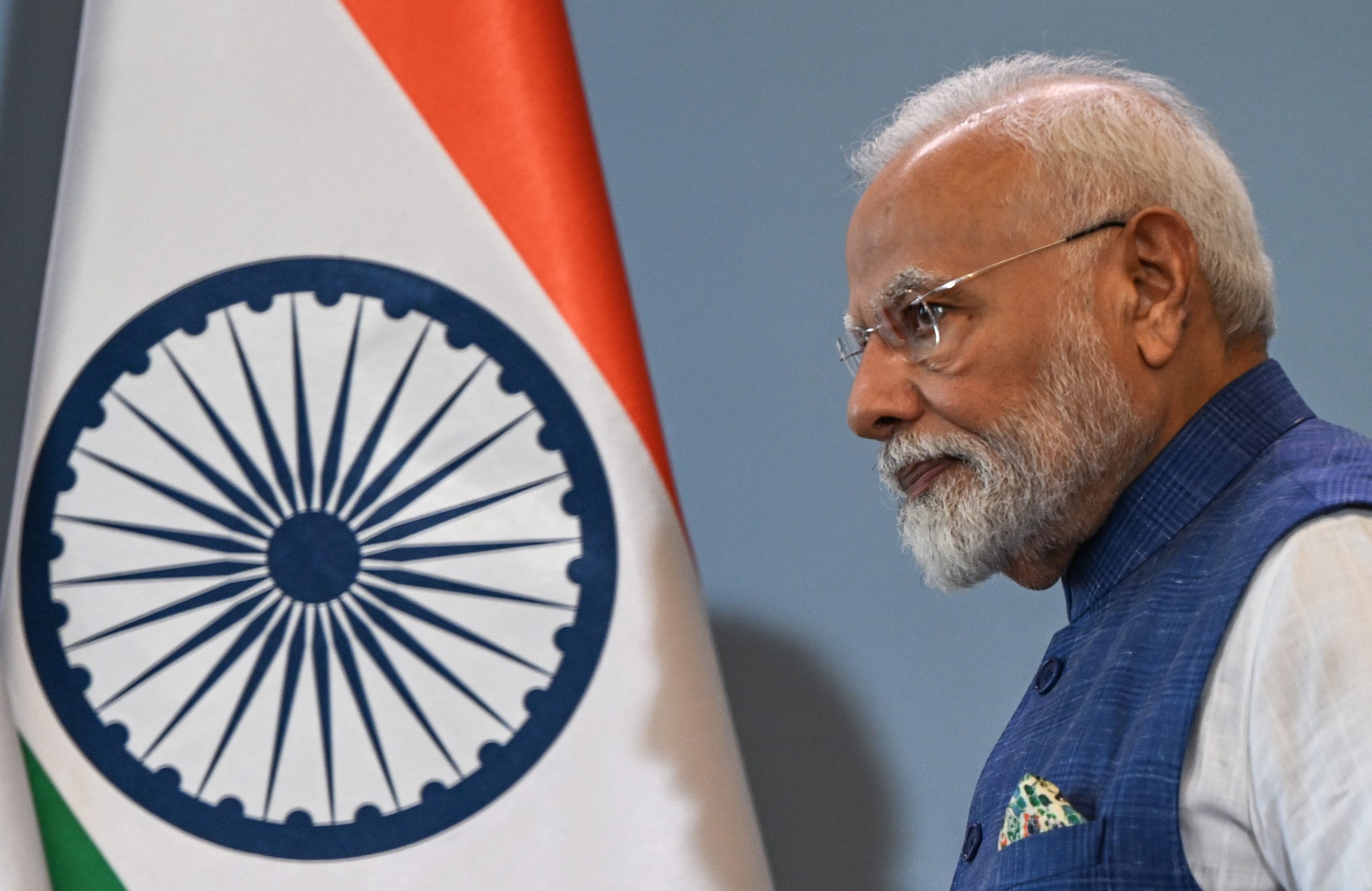India’s new doctrine of disproportionate response under the Narendra Modi Government has a billion admirers. For decades, under the previous governments, dialogue, dossiers, and diplomacy with no end solution were the norm when dealing with Pakistan. In 2025, those norms are now obsolete pages of a history book.
While ‘Operation Sindoor’ has a billion admirers applauding in support, there are many who have resorted to perpetual perplexity, unable to come to terms with what India has initiated. Perhaps, it can also be interpreted as disappointment of a few who were hoping for India to turn the other cheek before Pakistan, in an abject display of diplomacy. Pahalgam 2025 is not Mumbai 2008.
The change has been led by the Prime Minister. Even before Operation Sindoor, Modi went for the Indus Water Treaty, a one-sided deal that was signed more than six decades ago. The infrastructural pursuits on the Jhelum and Chenab have been underway since 2014. With multiple run-of-river projects giving India a strong edge when it comes to water control, several other projects are being planned to enhance India’s storage capacity.
Putting the Indus Water Treaty in abeyance demonstrates intent. In Pakistan, the waters of Indus, Jhelum, and Chenab are critical for agriculture, especially wheat and cotton.
While the wheat crop ensures Pakistan’s food security, and inflation, to a limited extent, the cotton crop is important for textiles that help Pakistan earn its dollars. Control of the three rivers gives India control of Pakistan’s agricultural fate. Even a 20 per cent damage to Pakistan’s wheat crop could usher in unprecedented food inflation, further intensifying the economic crisis in Pakistan.
The first phase of Operation Sindoor was about hitting the terror camps in Pakistan and Pakistan-Occupied Kashmir. The big leap from 2016 and 2019 was the hit in Bahawalpur, in Pakistan’s Punjab.
In the larger conversation, Pakistan-Occupied Kashmir is often referred to as the terror hub, but by hitting the operational headquarters of Jaish-e-Mohammad in mainland Pakistan, India has irreversibly upped the ante.
The Prime Minister has himself elaborated on this. The distinction between terrorists and terror groups and their enablers and promoters has been laid to rest. Pakistan, for the longest period of time, enjoyed the benefit of doubt by playing victim of the same terror groups that worked against India. However, the Modi Government is no longer buying that charade.
From Skardu in Pakistan-Occupied Kashmir to the cantonment in Karachi, India penetrated critical military infrastructure in Pakistan, rendering all Chinese air defence systems worthless.
The attack on the Nur Khan base, for instance, merely a few miles away from Pakistan’s nuclear command authority, is a message in itself. While the rumours from Kirana Hills refuse to die down, even after the official word, the larger objective of the military strikes has been achieved- that India can take out Pakistan’s Air Force infrastructure if the nuclear threat prevails. Pakistan’s nuclear blackmail has been called out for good.
The Indian response has left many confused. The magnitude of the response, both kinetic and non-kinetic, is the ‘new normal’. India is clear, stating that any act of terror will be considered an act of war. Compared to 2016 and 2019, Operation Sindoor is a significant escalation against Pakistan’s terror infrastructure, and there is no going back from it.
Perhaps, this explains why some are looking for reasons to doubt this defeat of Pakistan. Even though several independent commentators, deploying open-source intelligence, have confirmed the damage to the military infrastructure in Pakistan, the denial amongst the sceptical community is rampant. However, this is not about denying Pakistan’s failure, but India’s success. An assertive India makes many in the traditional yet obsolete ecosystems nervous.
India’s doctrine of disproportionate response is the new normal, and the world will have to get accustomed to it. Pakistan has enjoyed the patronage of the Americans for far too long, for being a necessary supplement in the wars in Afghanistan (first by the Soviets, then by the US themselves).
Today, Pakistan is being courted by China through the China-Pakistan Economic Corridor (CPEC), a $60 billion undertaking that is falling apart in Balochistan. Interestingly, many of the bases that India hit were critical to the functioning and upkeep of the CPEC.
Where do we go from here? The ball is in Pakistan’s court. Deterrence will buy them hope for progress and prosperity, even if a far-fetched dream, but any more trysts with terror groups against India, and a disproportionate response will follow. It’s a certainty.
For more than 75 years, India tried reasoning with Pakistan, across four wars in 1948, 1965, 1971, and 1999, and countless skirmishes in between on the Line of Control.
The diplomacy on both sides had its moments, but only the Indian side had intent, in hindsight. In 2025, it appears Pakistan has chosen the path of terrorism. India, meanwhile, has opted for an exaggerated version of Newton’s third law. Disproportionate response is the new normal.
(Tushar Gupta is a Delhi-based journalist and a political commentator)











